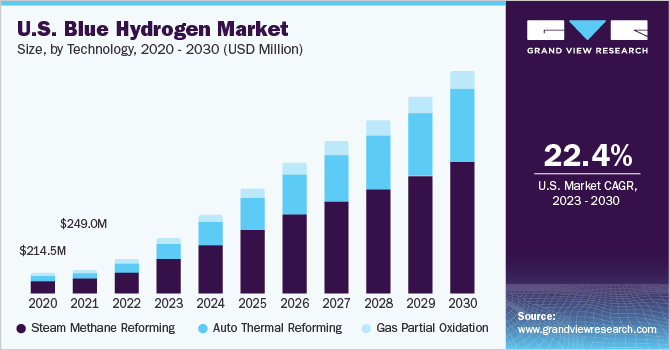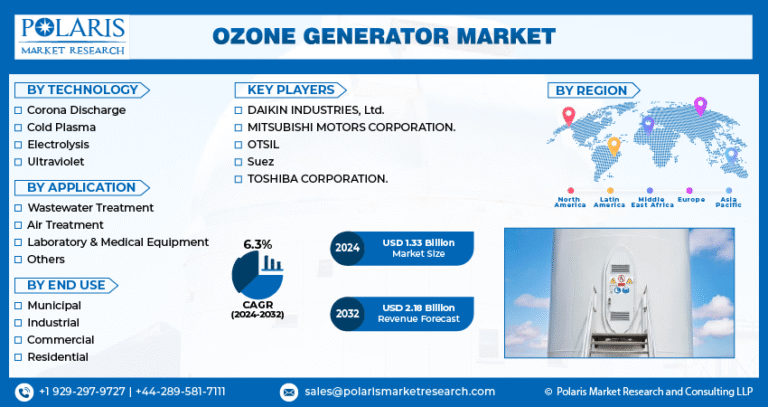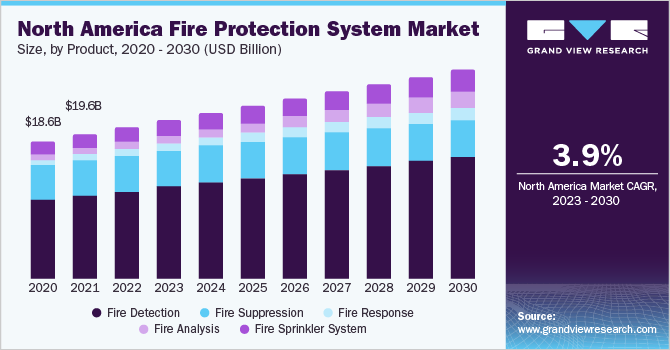Clean Technology Market Size, Share & Trends Analysis growing at a CAGR of 12.7% from 2025 to 2030

The global clean technology market size was estimated at USD 916,195.0 Million in 2024 and is projected to reach USD 1,844,703.6 Million by 2030, growing at a CAGR of 12.7% from 2025 to 2030. Cleantech encompasses a wide range of innovations, including renewable energy technologies, energy storage, electric vehicles, water treatment, and waste management solutions.
Key Market Trends & Insights
- In terms of region, Asia Pacific was the largest revenue generating market in 2024.
- Country-wise, India is expected to register the highest CAGR from 2025 to 2030.
- In terms of segment, renewable energy technologies accounted for a revenue of USD 639,643.6 million in 2024.
- Energy Storage Solutions is the most lucrative type segment registering the fastest growth during the forecast period.
Market Size & Forecast
- 2024 Market Size: USD 916,195.0 Million
- 2030 Projected Market Size: USD 1,844,703.6 Million
- CAGR (2025-2030): 12.7%
- Asia Pacific: Largest market in 2024
Request a free sample copy or view report summary: https://www.grandviewresearch.com/industry-analysis/clean-technology-market-report/request/rs1
For instance, in October 2024, IBM Corporation acquired Prescinto, asset performance management (APM) software-as-a-service (SaaS) for renewables provider. Prescinto leverages AI to deliver analytics, automation, and advanced monitoring, optimizing operations of renewable energy and efficiently managing storage assets and clean energy.
Declining costs of renewable energy sources, such as solar and wind power, advancements in battery storage, and the proliferation of electric vehicles fuel the market growth. For instance, global solar capacity continues to expand, with technological innovations improving efficiency and affordability. Similarly, the rise of hydrogen as a clean energy vector and carbon capture technologies is transforming the industrial and energy landscapes. Businesses are actively investing in Cleantech not only to comply with regulations but also to capitalize on the growing demand for sustainable products and services. For instance, in March 2024, Ørsted A/S has been selected by the Department of Energy (DOE) Office of Clean Energy Demonstrations to start for federal funding of up to USD 100 million to build Star e-Methanol, a Power-to-X facility along the Texas Gulf Coast.
Supportive government policies, corporate sustainability goals, and increasing consumer awareness about the need for eco-friendly alternatives further accelerate the transition. Clean technologies are no longer niche solutions but have become mainstream, reshaping energy production, transportation, and industrial processes. Key regions such as North America, Europe, and Asia Pacific are leading the way in deploying these technologies, particularly in renewable energy projects and electric mobility. The rise of innovative solutions, such as hydrogen fuel cells, carbon capture, and circular economy practices, is opening new opportunities for growth across various sectors. As clean technologies continue to advance, they are expected to play a crucial role in building a sustainable and resilient global economy, fostering both environmental and economic progress.
Type Insights
The renewable energy technologies segment led the market in 2024, accounting for over 62% share of the global revenue. Renewable energy technologies are advancing due to cost reductions, innovation, and strong policy support. Their diverse strengths collectively contribute to a sustainable global energy transition, with each technology playing a crucial role in achieving carbon neutrality and energy resilience. Declining costs of photovoltaic panels, breakthroughs in technologies such as perovskite cells, and government incentives drive solar adoption. For instance, in December 2024, GE Vernova collaborated with National Renewable Energy Laboratory, to supply a 3.4 MW-140m wind turbine to National Renewable Energy Laboratory, for use in energy research and experimentation. This transaction signifies a strengthened, strategic partnership designed to foster pioneering collaborative research leveraging GE Vernova’s assets, highlighting the potential for private sector and government collaboration to advance progress and innovation in the energy research.






